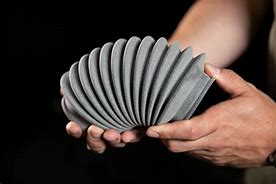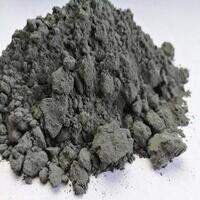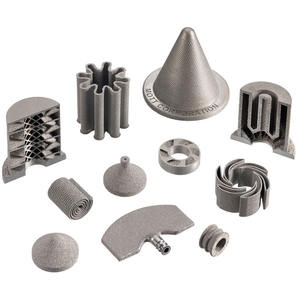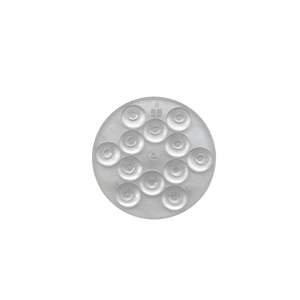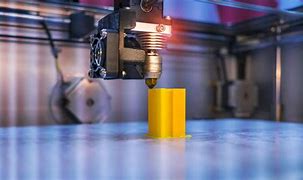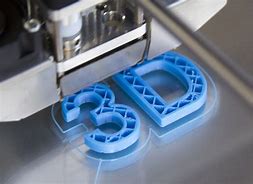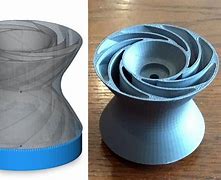Discover a professional 3D printing powder supplier
**Metal Magic: Is 3D Printing the New Alchemy?**
(can you 3d print with metal)
Ever wondered if you can turn metal dust into solid objects with a printer? The answer is yes. Forget plastic trinkets. Metal 3D printing is here, and it’s reshaping how we build everything from rocket engines to dental braces. Let’s dive into this high-tech craft.
Metal 3D printing isn’t your average office printer. Instead of ink, it uses lasers, electron beams, or even glue to fuse metal powders layer by layer. Imagine a futuristic oven that melts metal dust into intricate shapes. That’s the basic idea. The process has fancy names like Direct Metal Laser Sintering (DMLS) or Binder Jetting. But it all boils down to one thing: building metal parts with precision.
Why metal? Plastic 3D printing is great for prototypes, but metal brings strength and durability. Think aerospace parts that survive extreme heat or medical implants that fuse with bone. Traditional metalworking often involves cutting, welding, or casting. These methods waste material and limit design freedom. 3D printing, though, adds material only where needed. Complex shapes—like hollow structures or internal channels—become possible.
How does it work? Take DMLS. A thin layer of metal powder spreads across a build platform. A high-powered laser then scans the powder, melting it into a solid shape based on a digital design. The platform lowers, another layer of powder is added, and the laser repeats. This cycle continues until the part is complete. After cooling, excess powder is brushed away, revealing the final piece.
Binder Jetting takes a different approach. Here, a print head squirts liquid glue onto metal powder, bonding layers like a high-tech glue gun. The glued part is then heated to burn off the binder and fuse the metal. This method is faster and cheaper for large batches. But it often requires extra steps like sintering to strengthen the final product.
The materials matter. Common metals include stainless steel, titanium, aluminum, and even gold. Titanium is a favorite for aerospace and medical uses. It’s strong, lightweight, and biocompatible. Stainless steel works for tools or industrial parts. Some printers handle exotic alloys, blending metals for specific properties like heat resistance.
Industries are already hooked. Aerospace giants print fuel nozzles that are lighter and tougher than machined ones. Car makers prototype engine parts without expensive molds. Doctors create custom hip implants tailored to a patient’s body. Even jewelers experiment with intricate metal designs impossible by hand.
But metal printing isn’t perfect. The machines cost a fortune. Industrial-grade printers can hit six figures. Metal powder is pricey too, and handling it requires safety gear. The process is slow—complex parts might take days. Post-processing like polishing or heat treatment adds time.
Still, the tech is evolving. Companies now offer printing services, so you don’t need to buy a machine. Researchers are speeding up printing times and improving material options. Hybrid machines combine 3D printing with traditional machining for finishing touches.
What’s next? Imagine printing a car chassis in one piece or constructing buildings with steel frameworks made on-site. Some dream of printing spare parts on Mars using local materials. The line between science fiction and reality keeps blurring.
(can you 3d print with metal)
Metal 3D printing isn’t magic, but it feels close. It turns digital blueprints into tangible metal objects, pushing the limits of design and manufacturing. Whether you’re an engineer, artist, or just curious, this tech invites you to rethink what’s possible.

